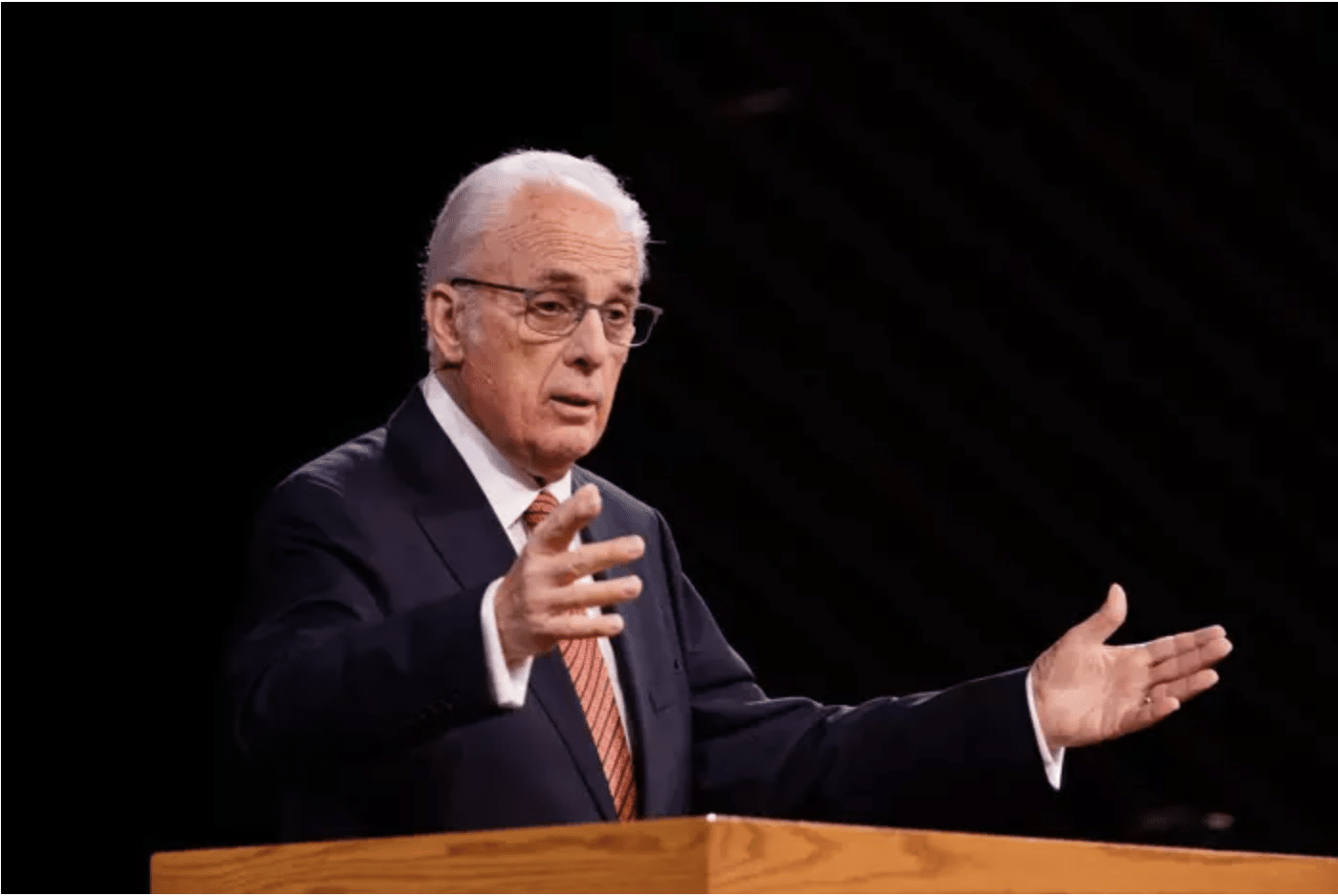Archaeologists from the University of North Carolina-Chapel Hill working in Israel unearthed depictions of Deborah, Jael, and other heroes from the biblical book of Judges. A team led by professor Jodi Magness uncovered the three-panel mosaic — which is at least 1,600 years old — on the floor of an ancient Jewish synagogue in Huqoq, a village north of Tiberias, according to a press release.
The mosaic is divided into three horizontal strips that depict scenes from the book of Judges — a historical account of the Israelites between the conquest of the promised land and the anointing of the first king. One panel depicts prophetess Deborah looking at military commander Barak, who would lead the Israelite troops to victory over Canaanite general Sisera.
Another panel shows Sisera seated, while a third shows a deceased Sisera bleeding from the head. According to the biblical account, Sisera fled after the battle and took refuge in the tent of Jael, who deluded the official into a false sense of security and drove a tent peg through his temple while he slept.
“This is the first depiction of this episode and the first time we’ve seen a depiction of the biblical heroines Deborah and Jael in ancient Jewish art,” Magness said. “We can see how the story might have had special resonance for the Jewish community at Huqoq, as it is described as taking place in the same geographical region — the territory of the tribes of Naphtali and Zebulon.”
According to the University of North Carolina, researchers first discovered mosaics at the site in 2012. Other mosaics show Samson using captured foxes to burn down the Philistines’ crops, Samson carrying the gate of Gaza upon his shoulders, as well as depictions of Moses, Noah’s ark, and the construction of the tower of Babel.
The period of the judges marked a chaotic time in the history of Israel, during which the people of God oscillated between faithful worship and idolatry. As the last verse in the book of Judges summarizes: “In those days there was no king in Israel. Everyone did what was right in his own eyes.” The book has been applied in the present day to comment on the dangers of postmodernism and the crisis of masculinity.

















